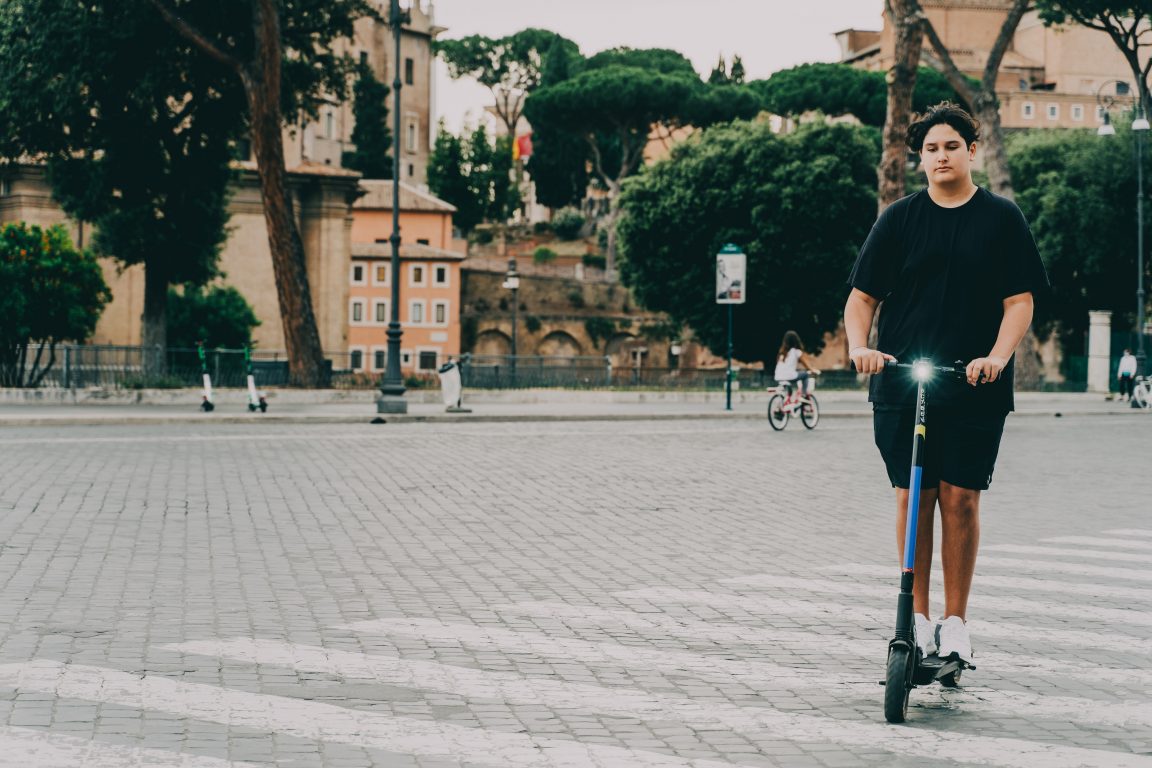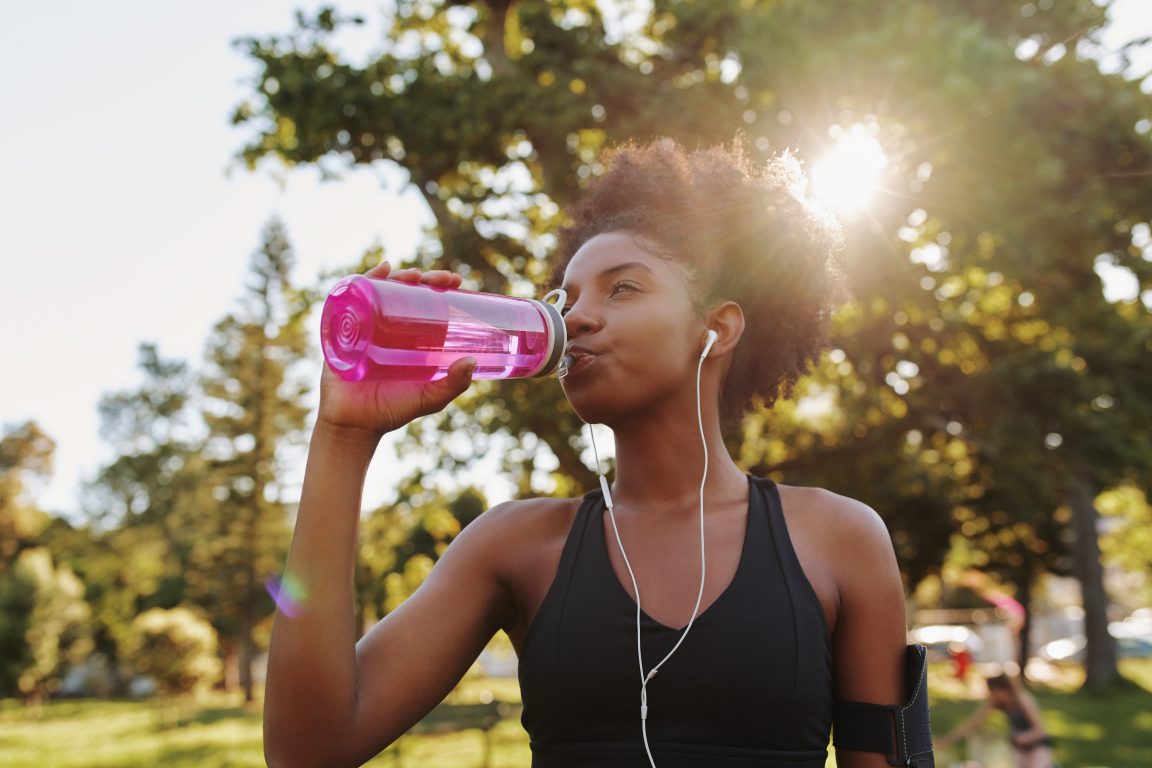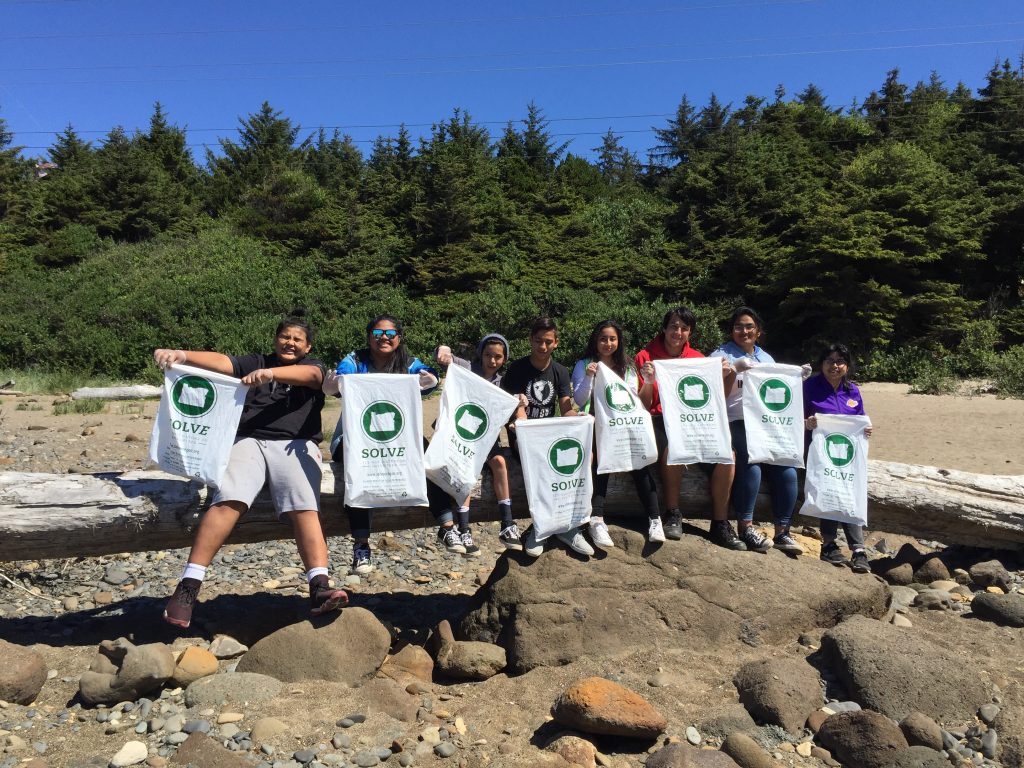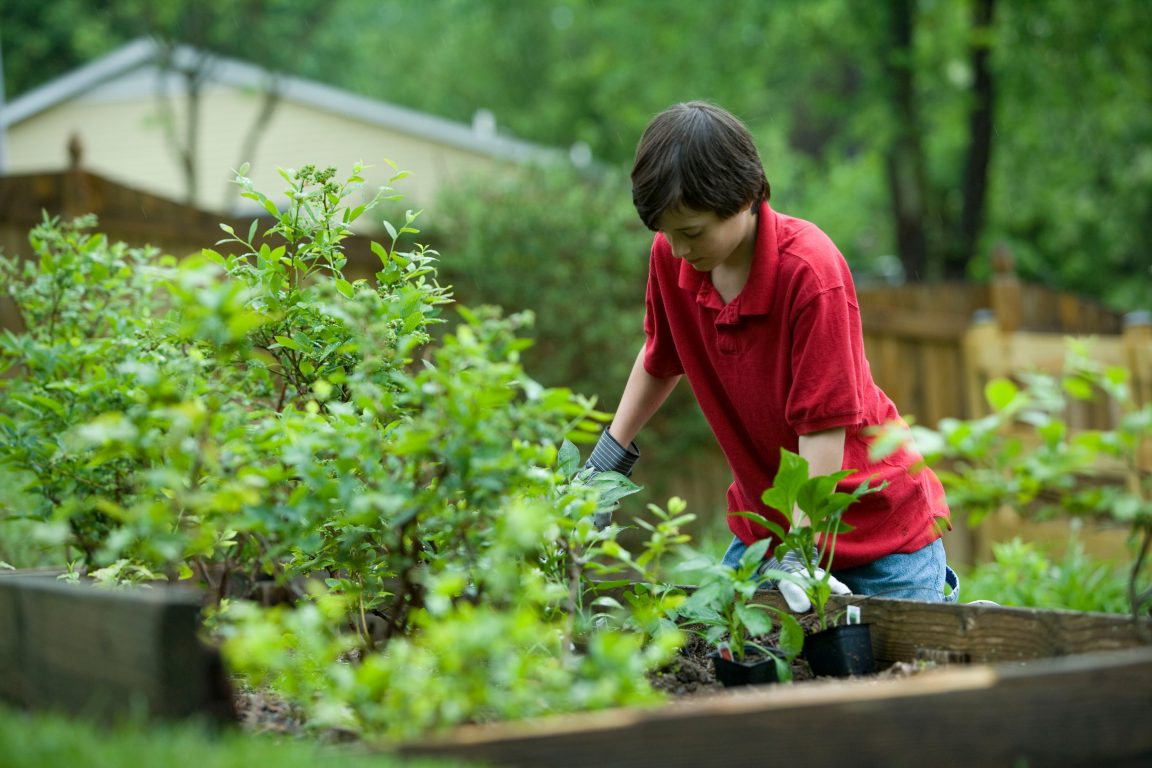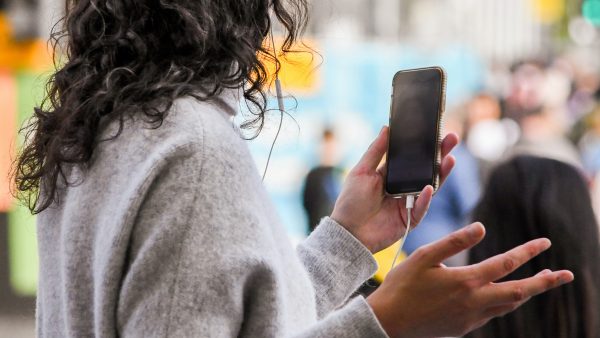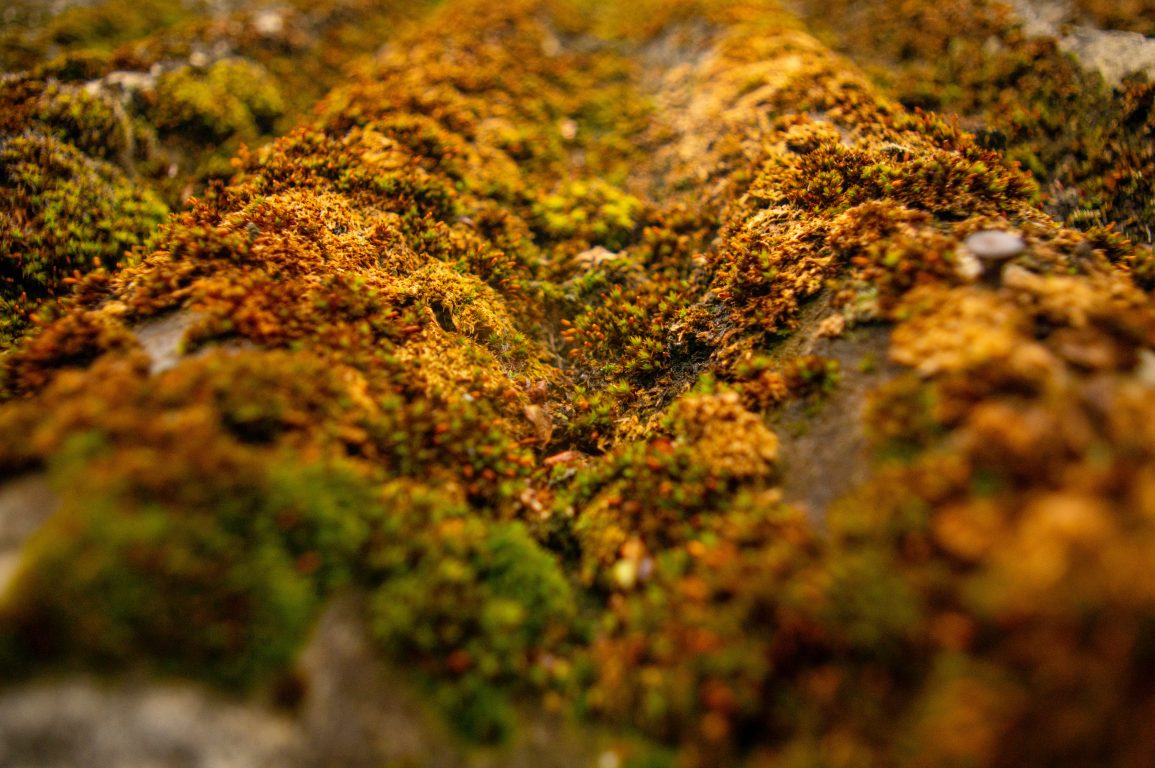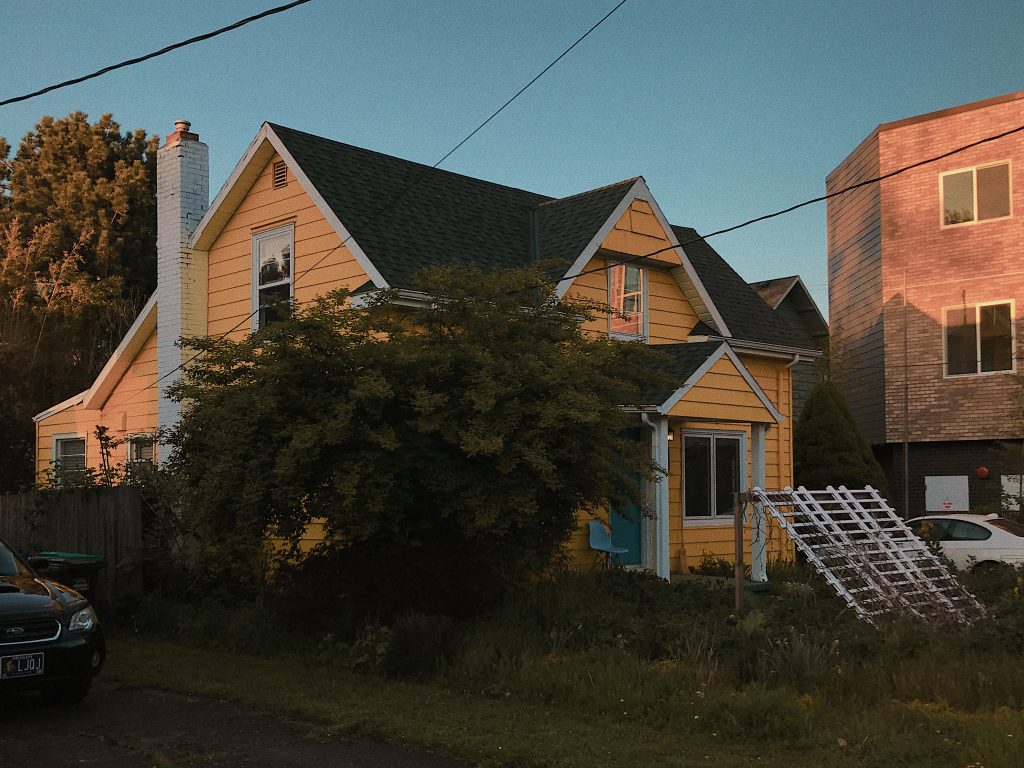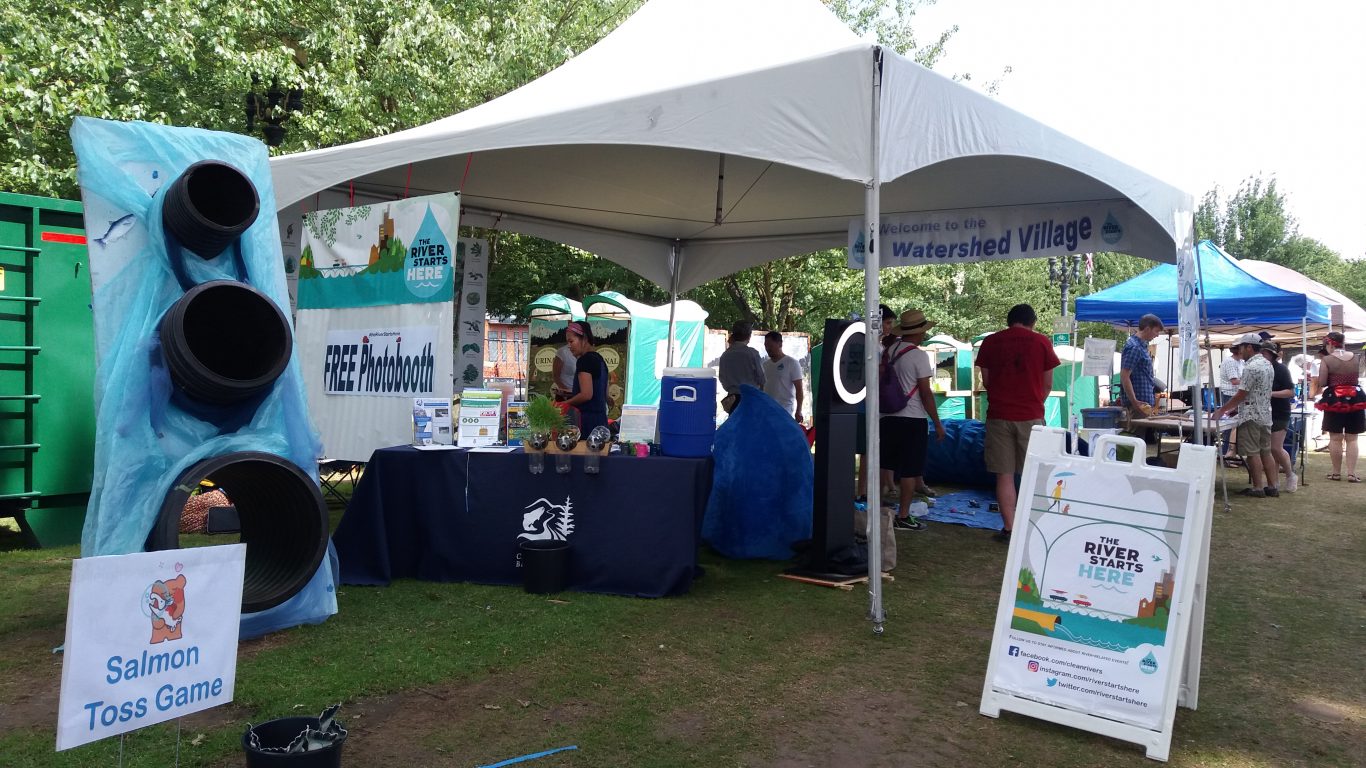Student Video Contest – How do I apply?

How do I enter?
- Choose a topic for your video from the list at theriverstartshere.org/video-contest.
- Read the topic information carefully! Videos that contain inaccurate information will be disqualified.
- Make a 25 or 55 second video about your chosen topic. Be creative, give it a great title, and make sure it includes a clear call to action.
- Upload your video to YouTube with a minimum resolution of 720p. Be sure to check the settings for High Quality upload. You can keep the video unlisted (private), but be sure it’s viewable to anyone with the link that you send to us.
- Complete the application form no later than April 24, 2022. You’ll need a working email address and your parent or guardian’s contact information if you’re under 18.
- Watch your email inbox for contest information and instructions! If your video is selected as a finalist, you’ll be prompted via email to submit your entry as an MP4 and given instructions about campaigning for the People’s Choice Award.
Follow Us
Follow The River Starts Here on social media for contest updates and tips. Find us at:
- instagram.com/theriverstartshere
- twitter.com/riverstartshere
- https://www.youtube.com/channel/UCZuQboSP0XWdJbFlFBqJRkw
- facebook.com/theriverstartshere

